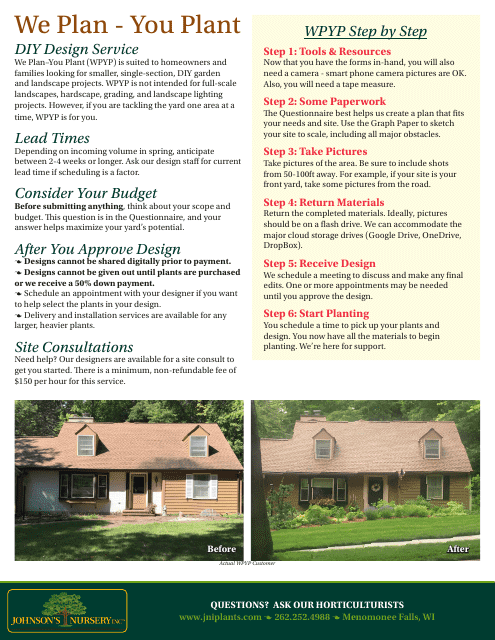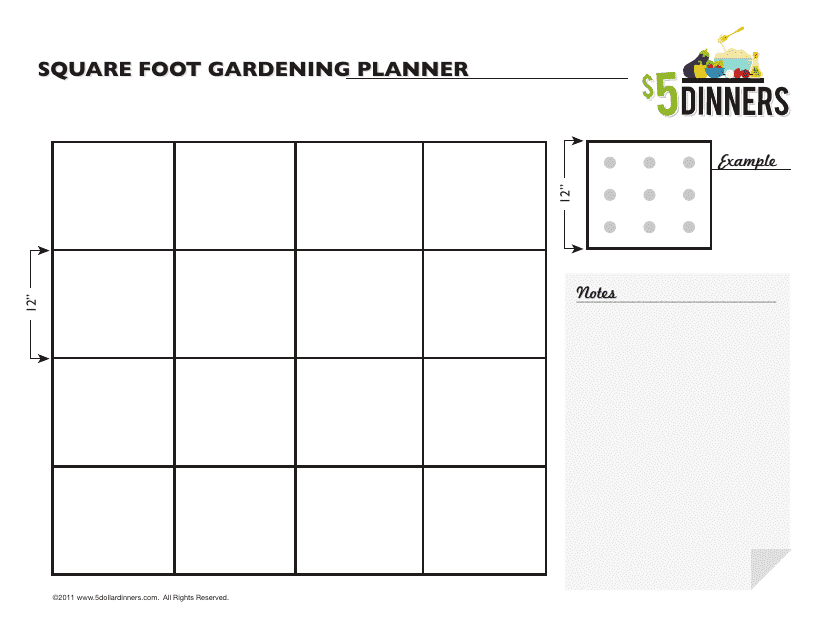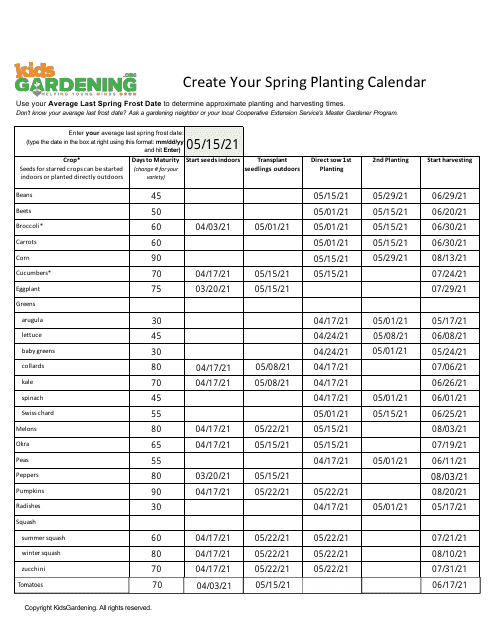Free Garden Planner Templates
Garden Planner: What Is It?
A Garden Planner refers to a visual tool created to map out the content of the garden project.
Alternate Names:
- Garden Layout Planner;
- Garden Plot Planner;
- Garden Bed Planner.
With the help of a planner, an experienced gardener and a beginner alike get to understand how to use their resources in the most effective way, keep track of all the instructions related to plant care, manage their budget efficiently, and adjust to the changes over months or years creating the garden of their dreams. Moreover, you will learn how diverse plant species develop in your garden and have the ability to try out something new every planting season whether you build up your garden in spring or fall.
You can find a full list of Garden Planner templates by checking out our library below.
How to Make a Garden Planner?
Here are some tips that will help you create the best Garden Planner and ensure you are able to maintain the garden on your own:
-
While a digital version of the planner is preferable - you have an opportunity to modify it numerous times and insert illustrations within seconds - a traditional journal that allows you to see the layout of your garden is also a good idea. With or without a tool designed to let gardeners plan their garden beds and areas where they will plant vegetables or flowers, you will start with the grid that depicts your garden - analyze the garden you have, calculate its dimensions, and recreate the garden in the planner.
-
Once the garden is drawn, figure out where you can plant horizontally, vertically, and sideways, determine which parts of the garden receive the most sunlight, and write down the designation of every area under the image that represents it. Remember that if you need to have constant access to certain crops, there should be room for you to walk around the garden - do not overload the layout.
-
Check what seeds and transplants you have available - it is up to you to decide how many of them you want to grow in your garden. There are different requirements for different seeds, and it will affect the eventual layout of your garden - there should be enough space for every plant to grow comfortably; besides, vertical plants will need trellises to support them - this must be taken into account in the initial design.
-
Assign different areas of your garden to various crops - note that it is recommended to regularly rotate the location of a single crop. You also have a chance to boost biodiversity in your garden plot if you opt for multiple crops in one bed - instead of planting many rows of the same vegetable, go for something more exciting to provide for a healthier ecosystem. A simple Garden Planner template will include up to three or four rows and columns with eight or ten different seeds and transplants and directions on how to plant them and take care of them.
Still looking for a particular template? Take a look at the related templates below:




